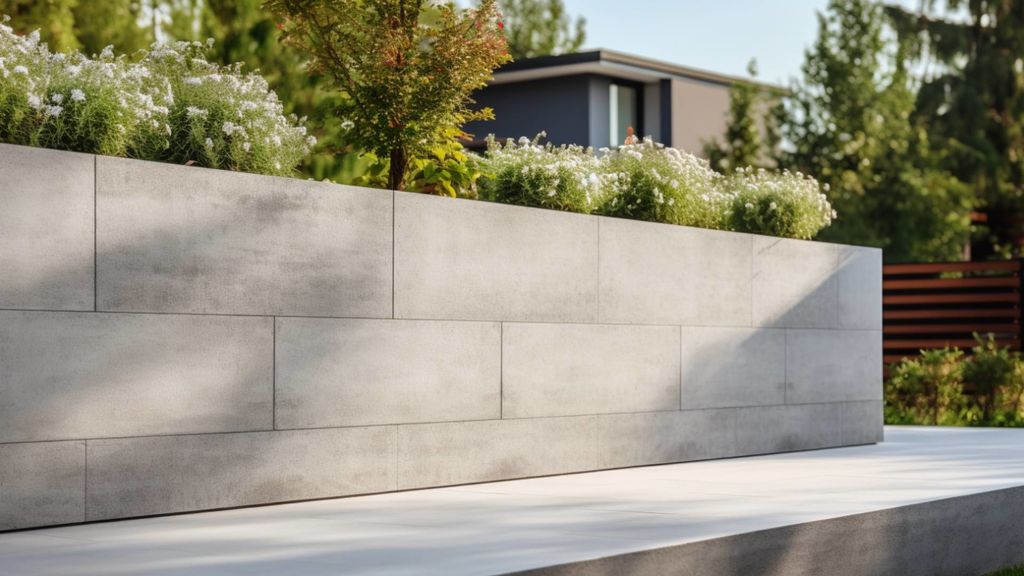
Keep Your Retaining Wall Strong: Tips to Avoid Collapse
What Exactly is a Retaining Wall?
A retaining wall is engineered to contain a mass of soil, offering both aesthetic and functional advantages. While various materials like concrete blocks, wooden planks, or natural stones can be used, the critical point is that these walls must be strong enough to resist the lateral pressure exerted by the soil. But like all structures, retaining walls can deteriorate over time. That’s why vigilance and timely intervention, potentially with the help of experts like SF Bay Engineering, are crucial.
Identifying Early Signs of Retaining Wall Failures
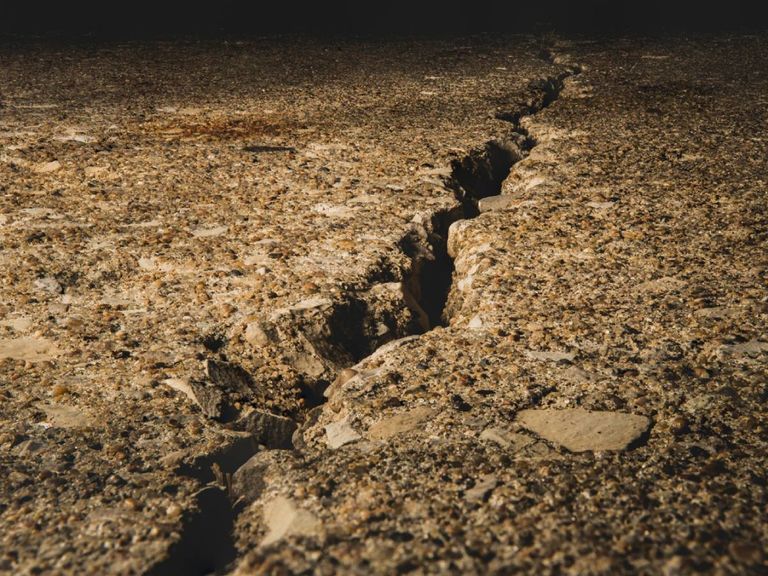
If you notice a failing retaining wall early on, chances are you can preempt a total collapse. The typical warning signs are:
1. Water Overload:
Drainage complications can stress your retaining wall. Make sure your drainage systems are effective and that you’re using porous backfill to prevent water buildup.
2. Flawed Design:
Never underestimate the importance of skilled engineering when constructing your retaining wall. Many problems arise from fundamental design issues, making it vital to engage a reputable contractor for the job.
3. Ground Instability:
Poor soil compaction below the foundation can lead to settling and eventually to the structural failure of your retaining wall.
Strategies for Safeguarding Your Retaining Wall
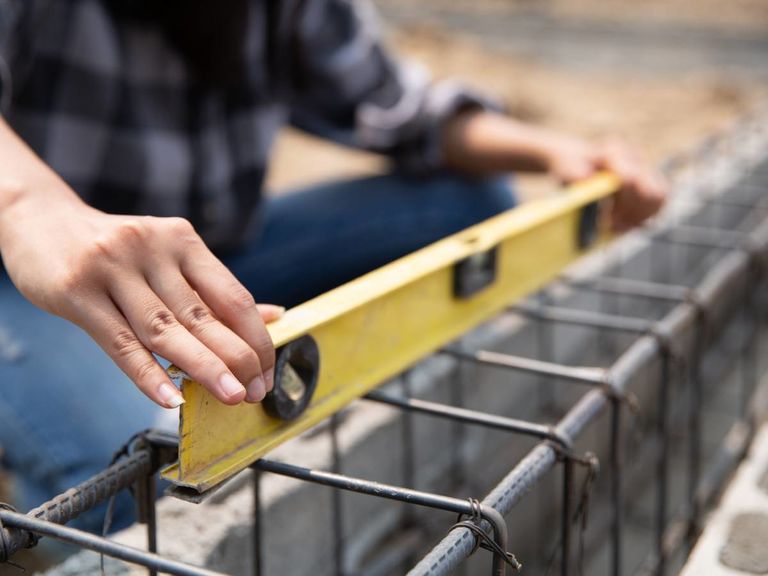
When you recognize any of the red flags mentioned above, immediate action is crucial. Here are some quick tips, validated by our team at SF Bay Engineering:
1. Strengthen the Base:
Expand the width of the wall’s foundation to reduce soil pressure. This involves digging out soil and adding more concrete to the existing base, reinforced with dowels for added strength.
2. Soldier Beam Installation:
Utilize H-beams or soldier beams by inserting them into holes along the wall. The spacing and dimensions will depend on the structural needs of the retaining wall.
3. Wall Rebuilding:
If your wall is past the point of no return, consider dismantling and constructing a new wall, especially if a larger structure now requires different materials.
Advanced Techniques for Retaining Wall Reinforcement
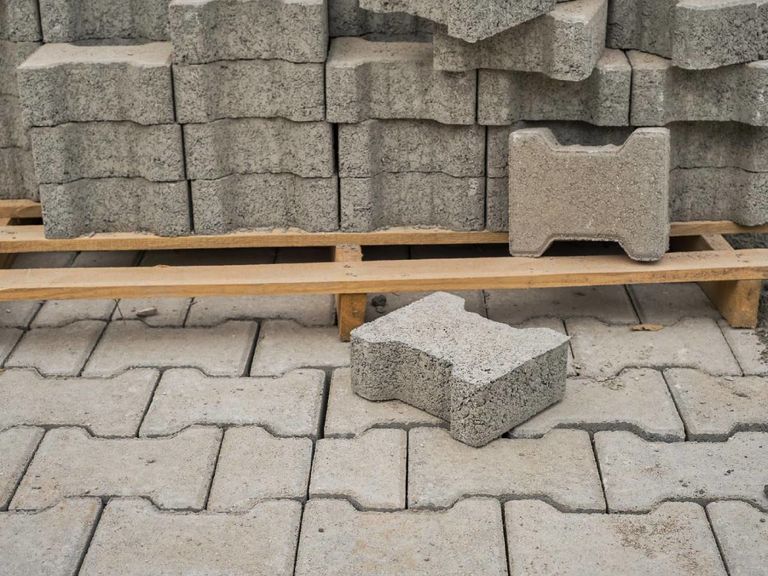
1. Resolve Drainage Issues:
Simple drainage solutions can save you from rebuilding your wall. Install more weep holes and consider constructing a drainage pipe to direct water away from the soil.
2. Anchor with Tie-Backs:
Employ tie-back anchoring by drilling holes into the wall and inserting anchors, which will reinforce the structure.
3. Precise Calculations:
Ensure all measurements are accurate, and site conditions are thoroughly investigated.
4. Multi-Tier Walls:
For steeper terrains and walls taller than four feet, consider building tiered walls instead of one high wall.
How Can SF Bay Engineering Be Your Safety Net?
Retaining walls can be complex, and while some techniques are DIY-friendly, it’s often best to consult professionals for the more complicated aspects. Our team at SF Bay Engineering is always here to assist you with a free consultation and quote. Contact us to learn more.
Related Posts
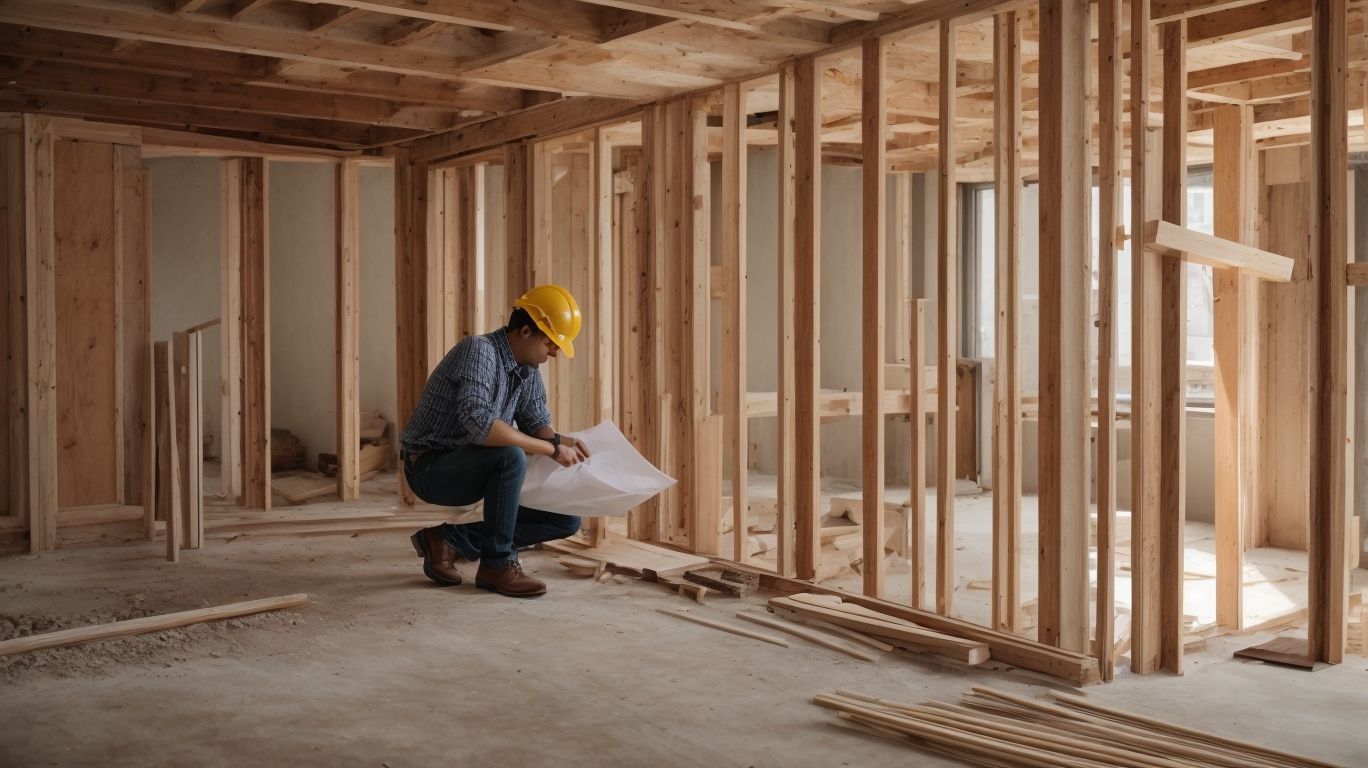
SF’s Guide to Load-Bearing Wall Removal: Insights from a Structural Engineer
SF's Guide to Load-Bearing Wall Removal: Insights from a Structural…

Do You Need an Engineer for Your Retaining Wall?
The Complexity Behind Retaining Walls Retaining walls may seem straightforward,…
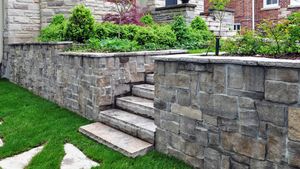
The 4 Hidden Benefits of Adding a Retaining Wall to Your Yard
1. Foundation for Stability: Why Retaining Walls Matter Retaining walls…
